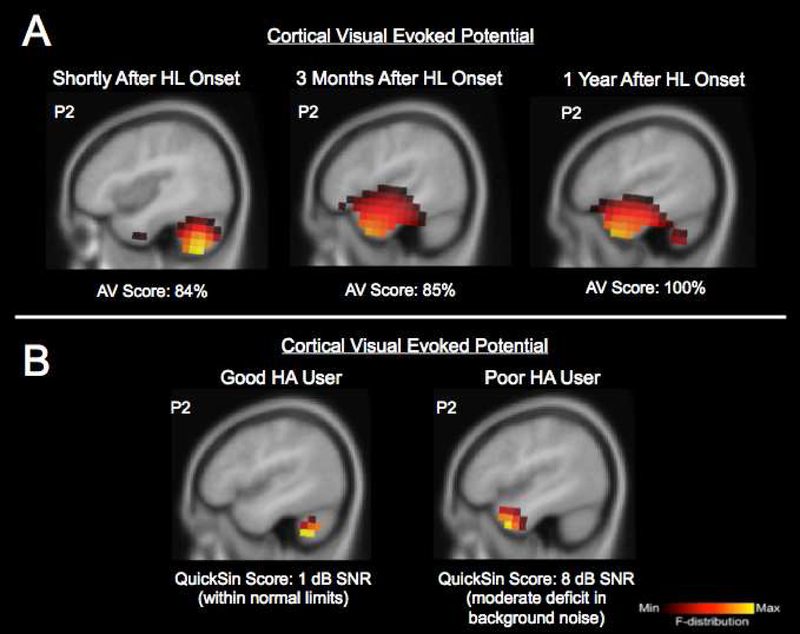FIGURE 4. Visual Cross-modal Re-organization in Individual Adult Patients with Hearing Loss.
Panel 4A: Timeframe for cross-modal re-organization following hearing loss onset: Current density source reconstructions for the P2 cortical visual evoked potential component in an adult with a sudden-onset mild sloping to severe bilateral sensorineural hearing loss. Results are shown shortly after hearing loss onset, 3 months, and 1 year after the sudden hearing loss. Auditory-visual speech perception scores (percent correct) are also shown at the bottom on Panel A. Whereas shortly after the hearing loss onset the visual motion stimulus elicits activation of cerebellar and visual processing areas, within 3 months there is significant cross-modal recruitment of temporal cortex for visual motion processing. By 1 year there is a functional increase in the patient’s auditory-visual speech perception score in addition to the continued cross-modal recruitment by vision.
Panel 4B: Cross-modal re-organization as a predictor of hearing aid performance: Current density source reconstructions for the P2 cortical visual evoked potential component in an adult with bilateral mild-moderate hearing loss who is a good hearing aid user with excellent speech perception in noise performance (score of 1 dB SNR on the QuickSin, a routinely used clinical assessment of speech perception in noise), and an adult with bilateral mild-moderate hearing loss fitted with hearing aids who has moderate difficulty processing speech in noise (score of 8 dB SNR on the QuickSin). Both patients had used bilateral hearing aids for at least 18 months.
While the good hearing aid user shows expected activation of only cortical regions associated with visual motion processing, the hearing aid user with moderate speech perception processing difficulty shows activation of auditory cortical regions in response to the visual stimulus suggestive of cross-modal recruitment.

